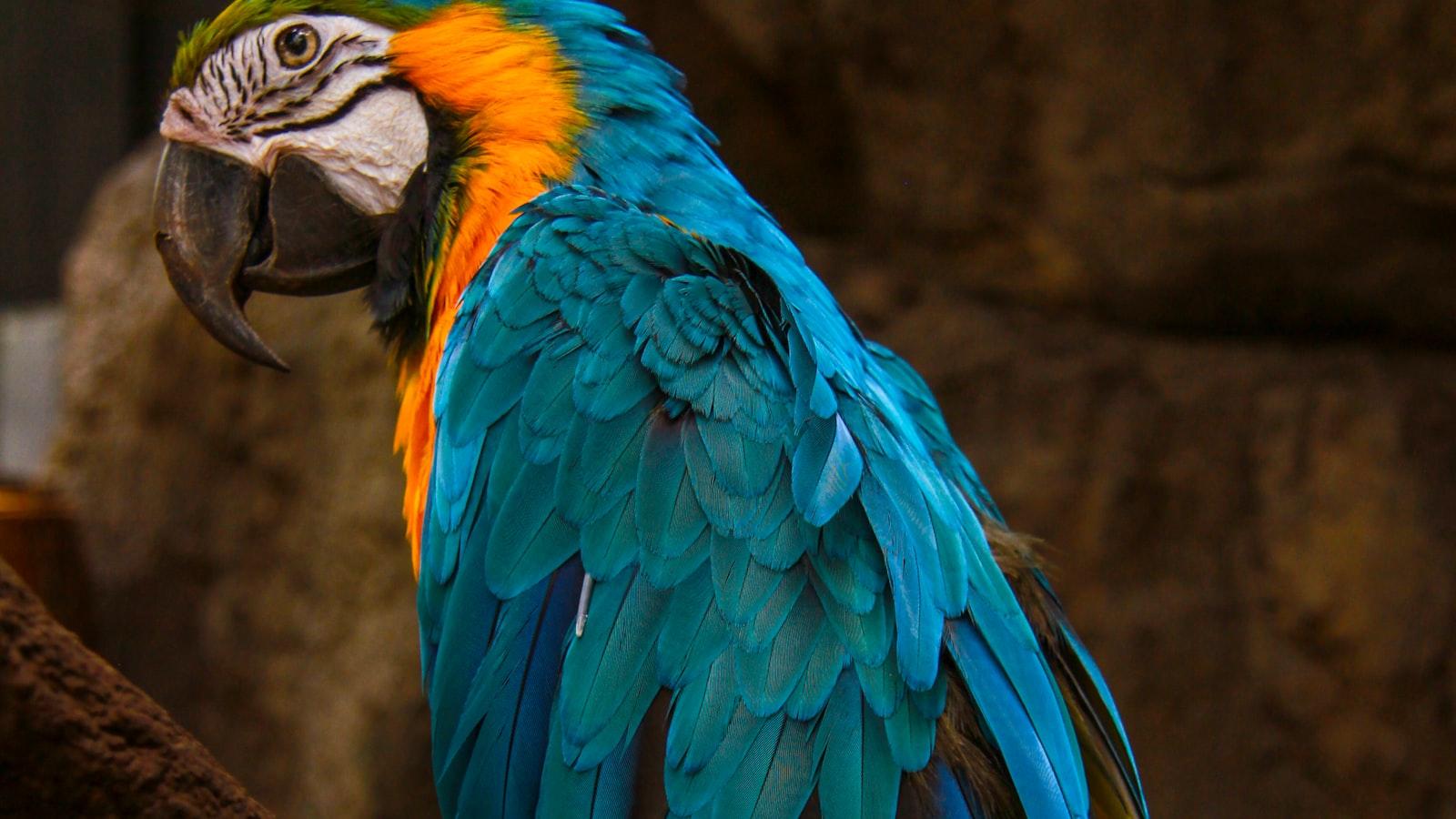In the quiet corners of the world, a silent threat looms, waiting to unleash its deadly potential. The h5n1 Bird Flu virus has long been a shadowy figure in the realm of infectious diseases, striking fear into the hearts of scientists and health officials alike. As we delve into the depths of this enigmatic pathogen, we uncover the mysteries and dangers that it holds. Join us on a journey to unravel the secrets of the h5n1 Bird Flu virus and understand the true extent of its threat to humanity.
Understanding the Origin and Spread of H5N1
The H5N1 bird flu virus has been a silent threat looming in the shadows, causing concern among health officials worldwide. Understanding its origin and spread is crucial in order to prevent a potential global health crisis. First discovered in 1996 in geese in China, the H5N1 virus has since spread to wild birds and poultry across Asia, Europe, and Africa.
<p>Scientists believe that the virus is constantly evolving, making it difficult to predict its next move. The spread of H5N1 can be attributed to various factors such as international trade of poultry, migratory birds carrying the virus to new regions, and inadequate biosecurity measures in poultry farms. Staying informed and implementing measures to prevent the spread of the H5N1 virus is essential in protecting both human and animal populations from this deadly disease.</p>Potential Risks and Impacts of H5N1 on Human Health
As the H5N1 bird flu virus continues to pose a threat to human health, it is crucial to understand the potential risks and impacts associated with this deadly virus. One of the most concerning aspects of H5N1 is its ability to rapidly mutate, making it difficult to predict how it may evolve and potentially become more transmissible among humans. This unpredictability enhances the challenge of controlling the spread of the virus and developing effective prevention and treatment strategies. Additionally, H5N1 has the potential to cause severe respiratory illness in humans, with a high fatality rate, posing a significant threat to global public health.
The transmission of H5N1 from birds to humans can occur through direct contact with infected birds, their droppings, or contaminated environments. This zoonotic transmission increases the risk of outbreaks in areas where humans and poultry have close contact, such as farms and live bird markets. Furthermore, the lack of immunity to the H5N1 virus in the human population makes it more difficult to contain potential outbreaks and could lead to a rapid spread of the virus within communities. Vigilance and proactive measures are essential to prevent the escalation of the H5N1 bird flu virus and protect human health.
Best Practices for Preventing and Controlling H5N1 Outbreaks
The Silent Threat: Unraveling the H5N1 Bird Flu Virus
Preventing and controlling H5N1 outbreaks requires a multi-faceted approach that addresses both avian and human populations. One of the best practices to reduce the risk of H5N1 spread is to implement strict biosecurity measures in poultry farms and markets. This includes:
- Regular disinfection of poultry houses and equipment
- Strict control of movement in and out of poultry facilities
- Surveillance and monitoring of bird populations for early detection
Additionally, promoting vaccination campaigns for poultry can help build immunity against the virus and reduce the likelihood of transmission to humans. It is also essential to educate the public about the risks associated with handling sick or dead birds, as well as practicing good hygiene habits such as:
- Proper handwashing after contact with poultry
- Using personal protective equipment when in close proximity to birds
- Following safe food handling practices to avoid cross-contamination
The Role of International Cooperation in Combatting H5N1
International cooperation plays a crucial role in combatting the H5N1 bird flu virus, as this deadly strain knows no borders and can easily spread across continents. By working together, countries can share information, resources, and expertise to better understand the virus and develop effective prevention and control measures. Through collaborative efforts, we can strengthen global surveillance systems, implement rapid response strategies, and coordinate vaccine distribution to curb the spread of H5N1.
Furthermore, international cooperation allows for the pooling of scientific knowledge and research findings to enhance our understanding of the virus’s behavior and evolution. By fostering partnerships between governments, researchers, and health organizations, we can leverage each other’s strengths and capabilities to take a unified approach in tackling the silent threat of H5N1. Together, we can build a stronger defense against future outbreaks and safeguard public health worldwide.
As we continue to unravel the mysteries of the h5n1 Bird Flu virus, one thing remains clear – the threat it poses is not to be underestimated. By gaining a deeper understanding of this silent peril, we can better prepare ourselves for the potential challenges it may bring. Stay informed, stay vigilant, and together, we can work towards a future where the h5n1 Bird Flu virus is no longer a looming threat. Thank you for joining us on this journey of discovery.



